A right isosceles triangle of side a has charges q, 3q and - q arranged on its vertices. What is the electric potential at P midway between the line connecting the + q and – q charges ?
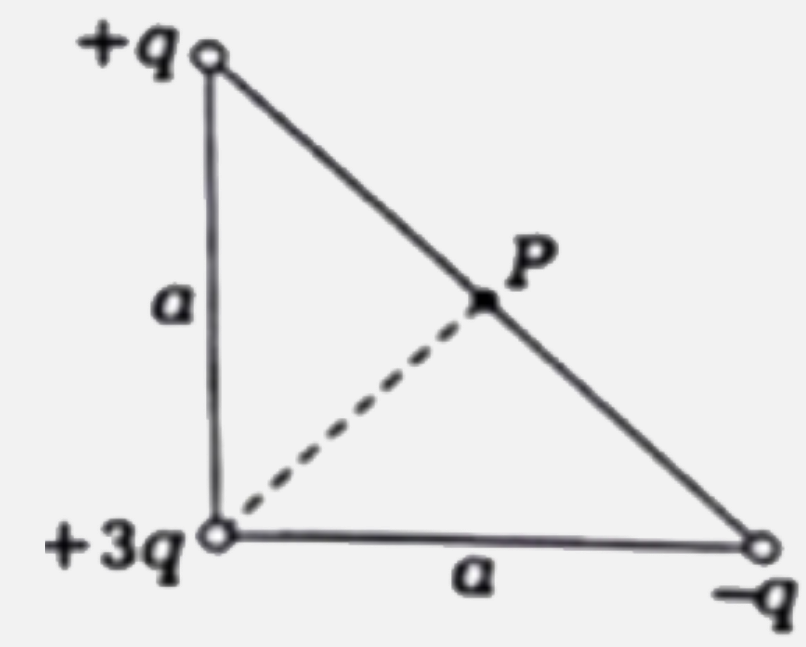
3qrε0a
3q√2rε0a
qπε0a
3q2√2πε0a
The correct Answer is:D
Step by step video & image solution for A right isosceles triangle of side a has charges q, 3q and - q arranged on its vertices. What is the electric potential at P midway between the line connecting the + q and – q charges ? by Physics experts to help you in doubts & scoring excellent marks in Class 12 exams.
Updated on:21/07/2023Similar Questions
A cube of side b has a charge q at each of its vertices. Determine the electric field due to this charge array at the center of the cube.
View SolutionFour electric charges +q,+q,−q and −q are placed at the corners of a square of side 2L (see figure). The electric potential at point A, mid-way between the two charges +q and +q, is
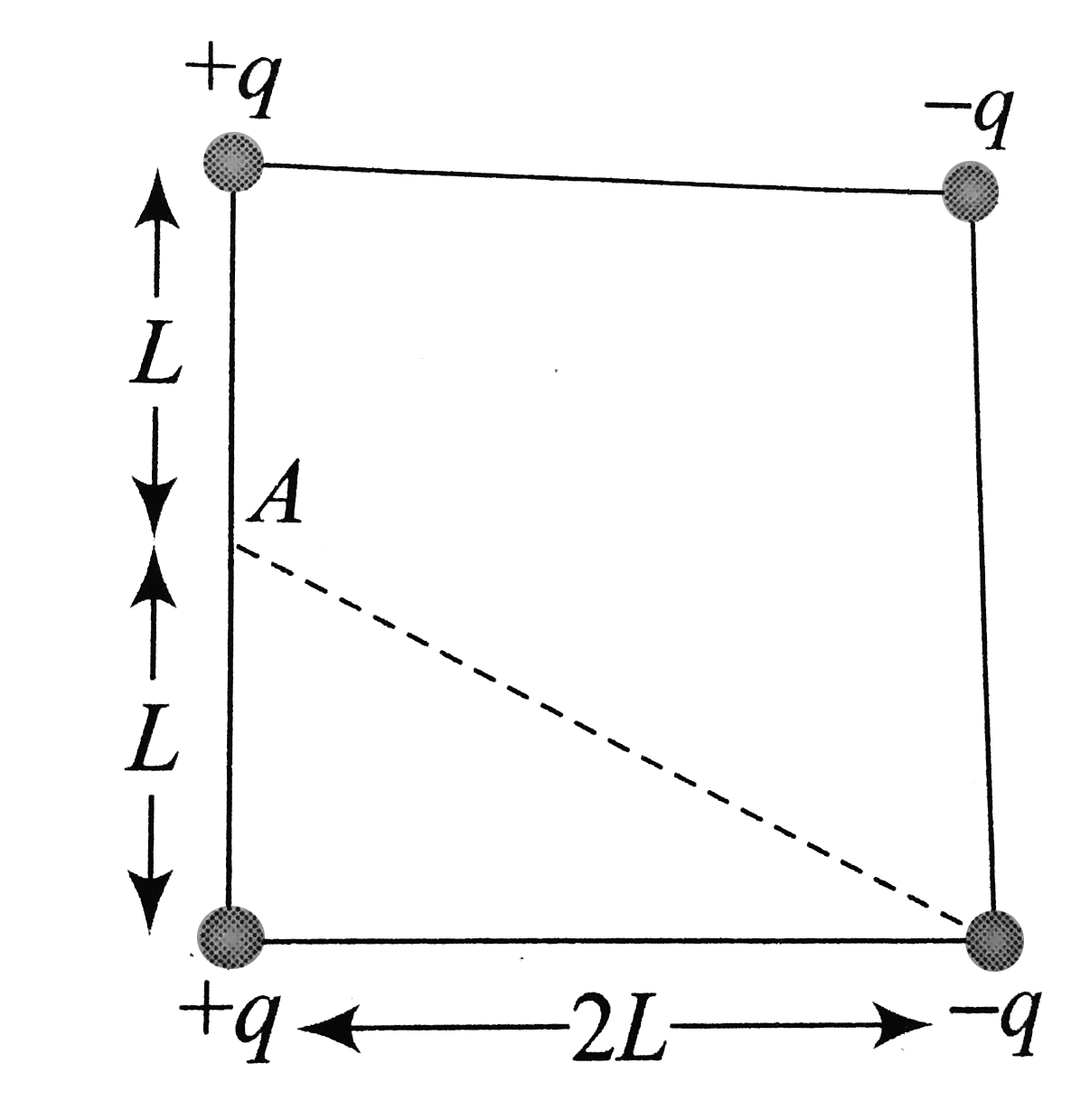
View Solution
Knowledge Check
A cube of side x has a charge q at each of its vertices. Determine the potential due to this charge array at the center of the cube.
A4q3πε0xB4q√3πε0xC3q4πε0xD2q√3πε0xConsider the charges q,q and -q placed at the vertices of an equilateral triangle of each side l. What is the force on each charge ?
Aq24√2πε0l2B−q24πε0l2Cq24πε0l2Dzero
Three charges 2q,−q,and−q are located at the vertices of an equilateral triangle. At the center of the triangle,
View SolutionThree charges -q,+2q, and -q are arranged on a line as shown in fig. Calculate the field at a distance r>>a on the line.
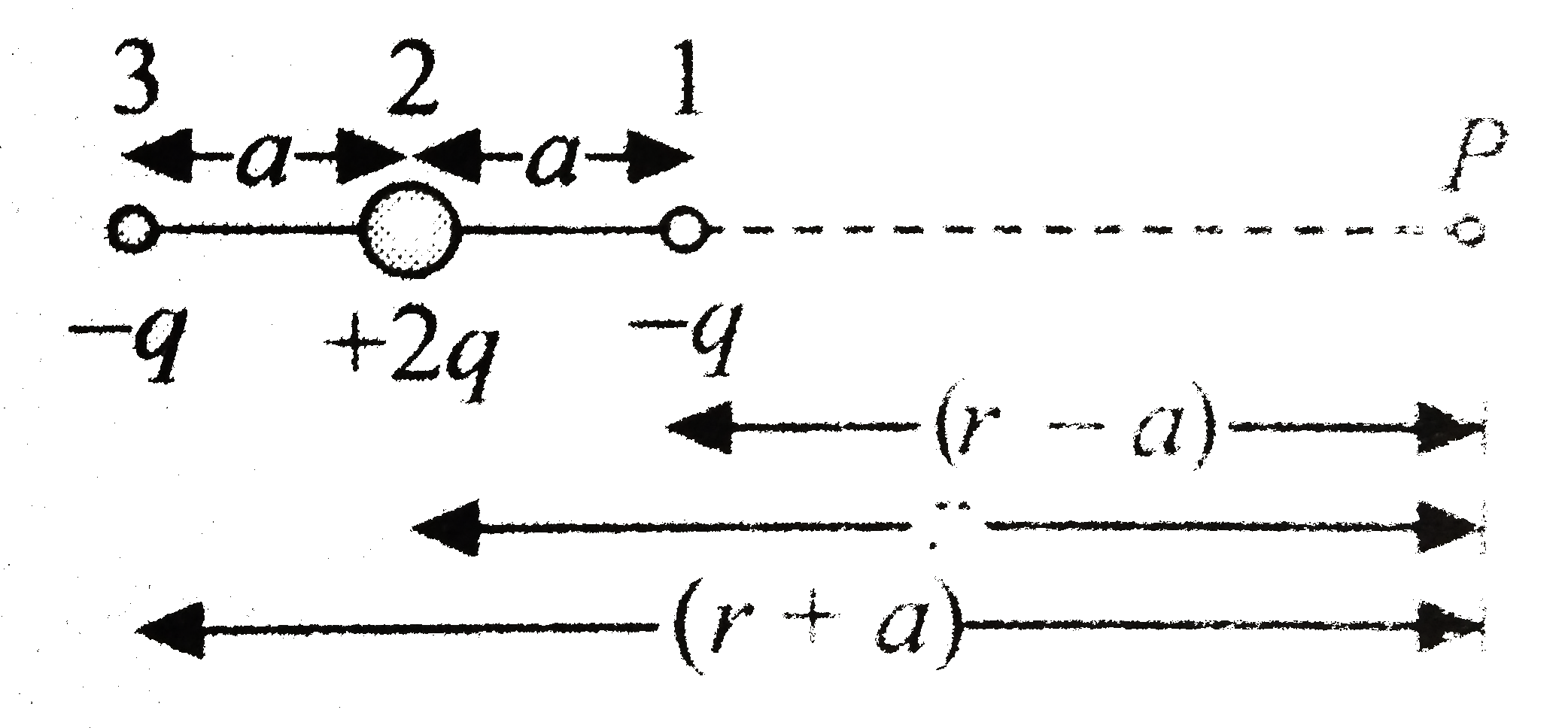
View SolutionThree conducting spherical shells have charges q,−2q and 3q as shown in figure. Find electric Potential at point P as shown in figure.
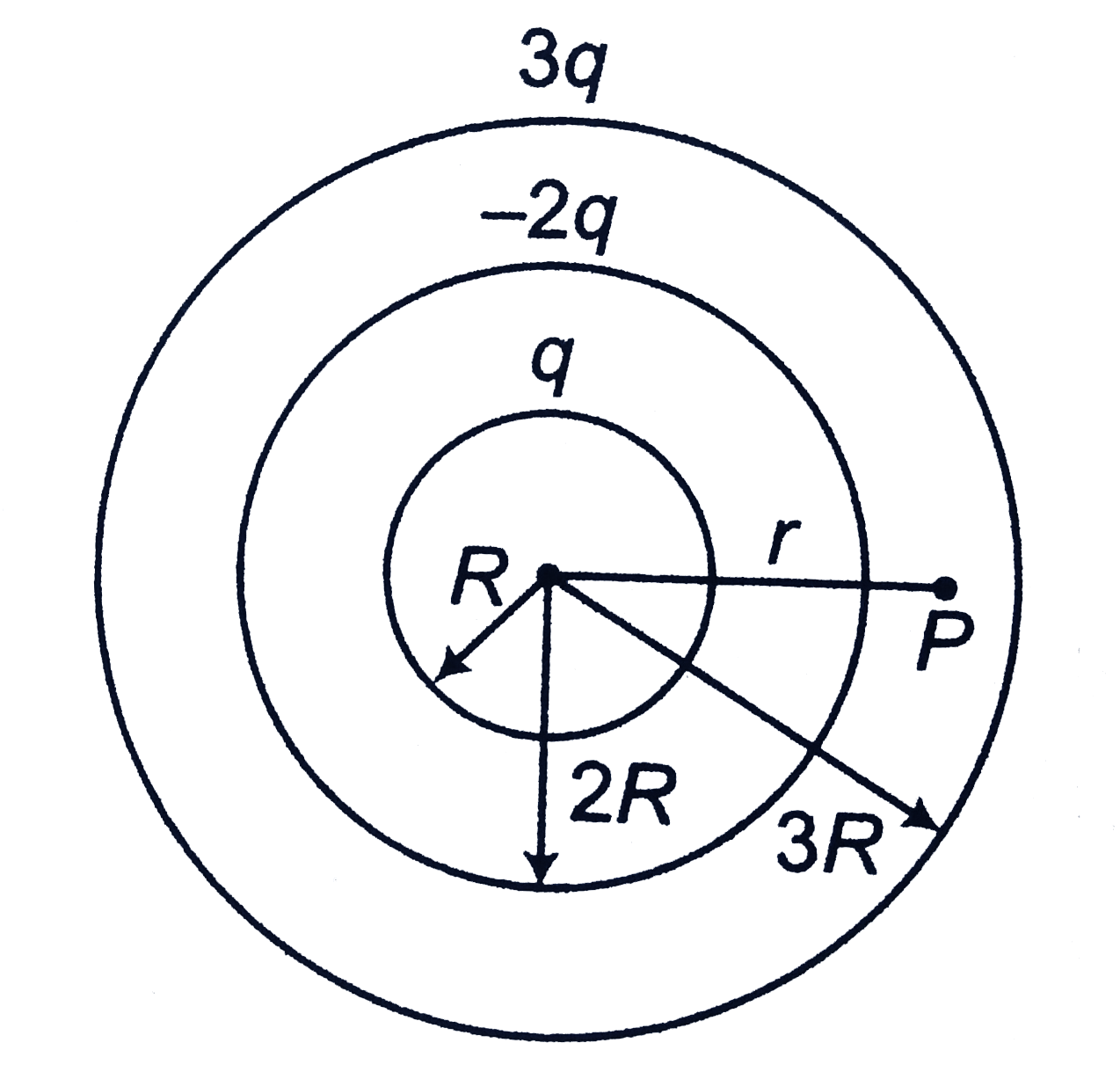
View SolutionA cube of side b has a charge q at each of its vertices. Determine the potential and electric field due to this charge array at the center of the cube.
View SolutionAs shown in the figure, charges +qand−q are placed at the vertices B and C of an isoscles triangle. The potential at the vertex A is
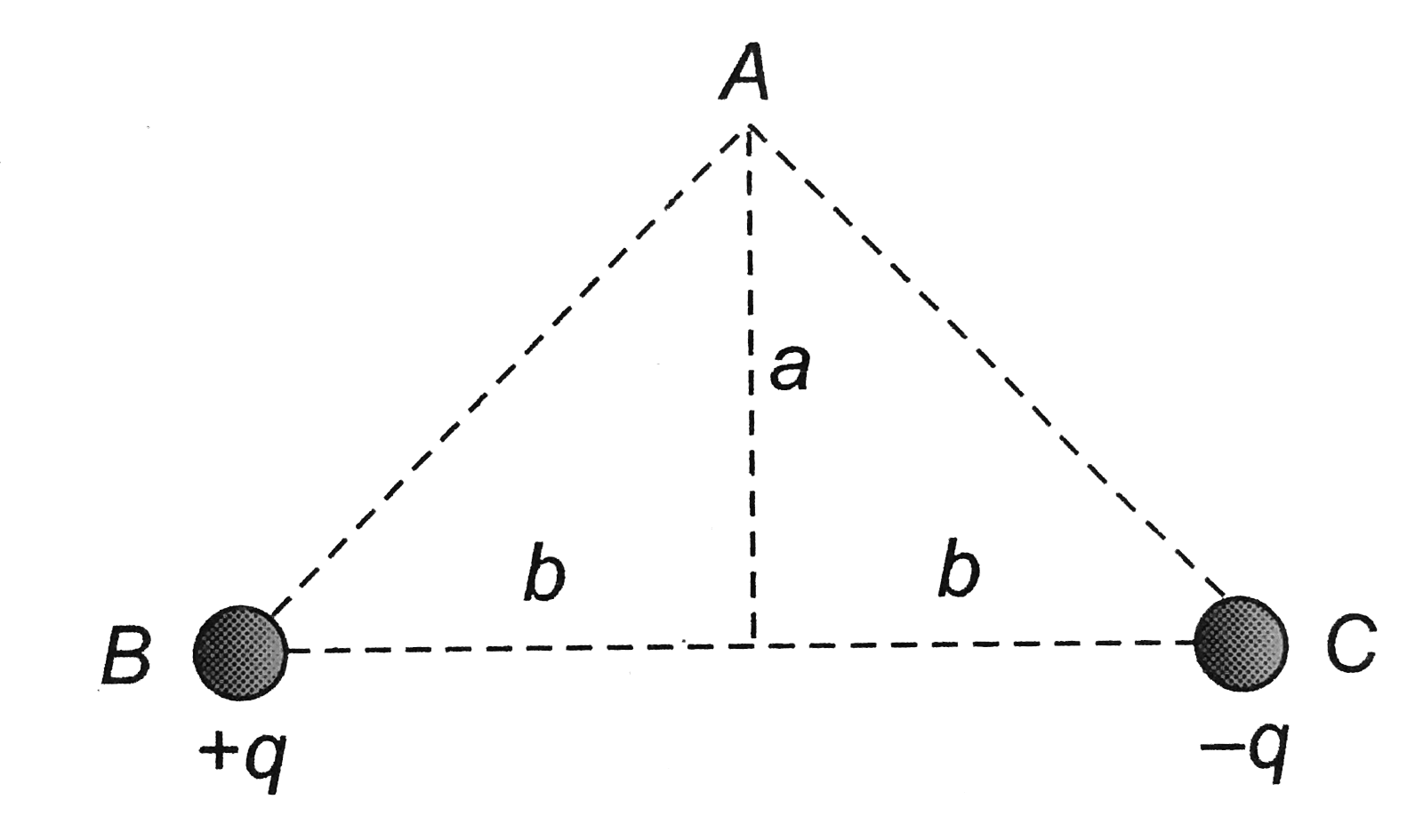
View SolutionTwo point charges +Q and -Q are separated by a certain distance. The resultant electric field is parallel to the line joining the charges at the points
View Solution